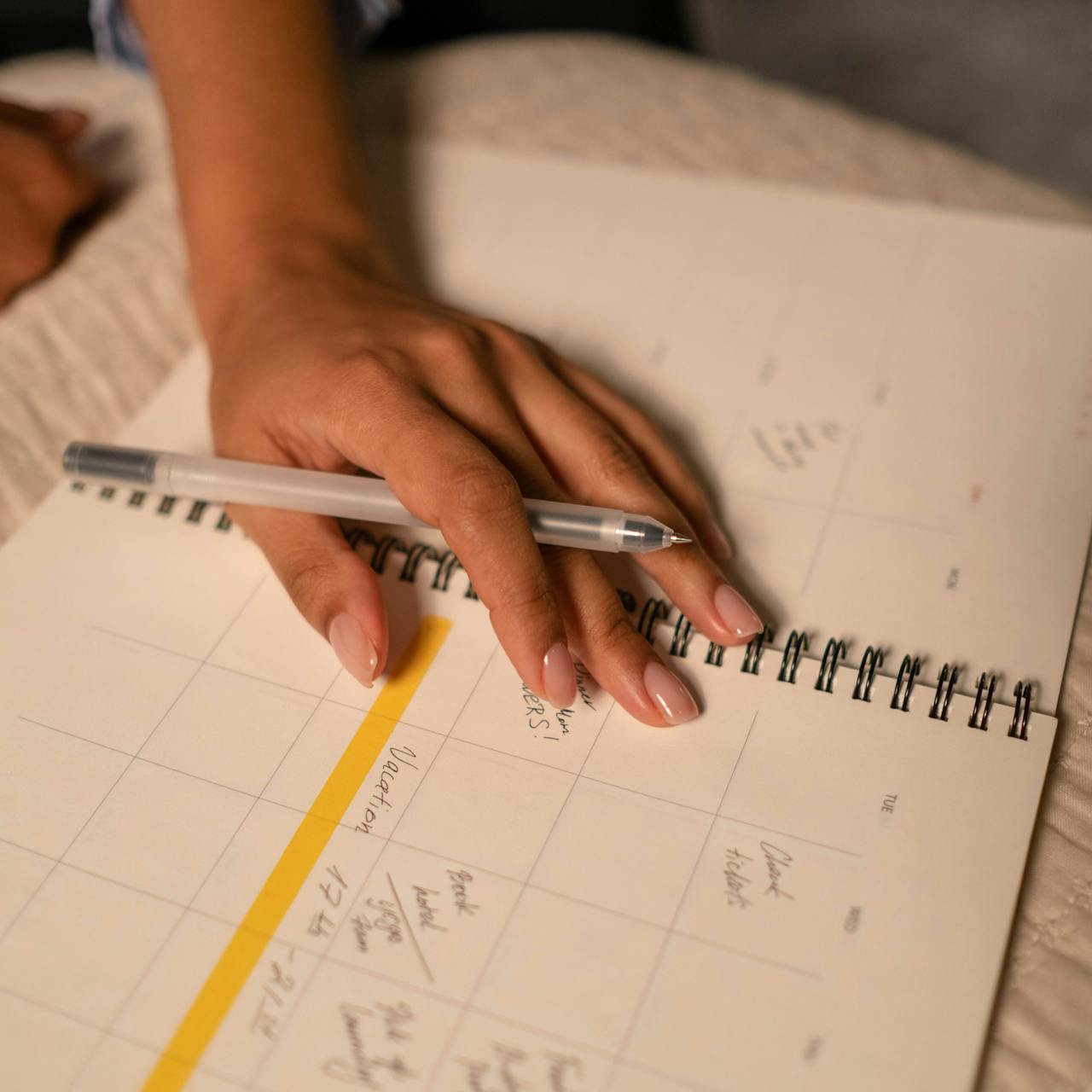As the new year begins, many of us set resolutions and goals, hoping for a fresh start. However, resolutions often fade away as the months pass, leaving us feeling disappointed and disconnected from the intentions we had at the start. So, how do we ensure that this year is different? The answer lies in creating a structured, intentional strategy for personal growth.
A personal growth strategy is more than just a list of goals; it’s a comprehensive plan that aligns your ambitions with practical steps, ensuring steady progress throughout the year. By defining clear objectives and consistently evaluating your progress, you can unlock the best version of yourself. In this blog post, we’ll dive into the steps to create a personal growth strategy that will transform your year.
1. Reflect on the Past Year: Lessons Learned and Insights Gained
Before you can move forward, it’s important to reflect on the year that has passed. Understanding where you were helps you determine where you want to go. Ask yourself the following questions:
- What did I achieve last year? Celebrate your wins, both big and small.
- What challenges did I face? Acknowledge setbacks and learn from them.
- Did I stay true to my values and priorities? Reflect on whether you made decisions that aligned with your true self.
- What did I learn about myself? Identify personal strengths and areas for improvement.
By analyzing these reflections, you’ll have a clear picture of where you’ve been and what areas need more attention moving forward.
2. Set Clear and Attainable Goals
Once you've assessed the past year, it’s time to set your goals for personal growth. The key to success is to make sure your goals are SMART: Specific, Measurable, Achievable, Relevant, and Time-bound. Here’s how you can approach setting goals:
- Specific: Be clear about what you want to achieve. Instead of saying "I want to be healthier," specify "I want to exercise 4 times a week."
- Measurable: Define how you’ll track your progress. For example, "I want to read 24 books this year" is easier to measure than a vague goal like "I want to read more."
- Achievable: Set goals that challenge you, but are still realistic. Breaking large goals into smaller, actionable steps is essential.
- Relevant: Ensure your goals align with your long-term aspirations. Ask yourself how each goal brings you closer to your desired future.
- Time-bound: Set a deadline for each goal. A goal without a timeframe is often put on the backburner.
Write down your goals and keep them visible to remind yourself of your commitments.
3. Break Your Goals into Actionable Steps
Having clear goals is great, but achieving them requires consistent action. To make progress, break down each goal into smaller, manageable tasks. Here’s how you can do that:
- Create a timeline: Set milestones for each goal, such as quarterly or monthly checkpoints.
- Plan your daily actions: What can you do every day or week to move closer to your goal? For example, if one of your goals is to learn a new language, commit to practicing 30 minutes a day.
- Be flexible: Life doesn’t always go according to plan, and sometimes goals evolve. Adjust your actions and timelines when necessary without abandoning your objectives.
4. Focus on Self-Discipline and Habits
Personal growth is heavily reliant on the habits you cultivate. Building self-discipline and developing positive habits can set the foundation for long-term success. Consider these strategies:

- Start small: Begin with one habit at a time. Trying to change everything at once can overwhelm you and lead to burnout.
- Be consistent: Aim for consistency over perfection. Even if you miss a day, don’t give up. The goal is to make steady progress.
- Track your progress: Use a journal or habit-tracking app to monitor your behavior and stay accountable.
- Reward yourself: Celebrate small victories to reinforce positive behavior. Acknowledge the effort you put in, even if the results aren't immediate.
5. Prioritize Mental and Emotional Well-Being
Personal growth isn’t just about achieving external goals; it’s also about nurturing your mental and emotional well-being. To grow holistically, consider incorporating these practices into your strategy:
- Practice mindfulness: Take time to reflect, meditate, or simply relax without distractions. This will help you stay grounded and focused on your goals.
- Manage stress effectively: Find methods that work for you, whether through exercise, relaxation techniques, or hobbies that allow you to unwind.
- Cultivate gratitude: Regularly take note of the things you're grateful for. Gratitude can shift your mindset and help you appreciate the progress you make, no matter how small.
- Seek support: Surround yourself with people who uplift and inspire you. Whether through friendships or mentorships, a supportive network is crucial for growth.
6. Embrace Learning and Adaptation
Personal growth requires continuous learning. Make it a priority to challenge yourself intellectually and emotionally. Here are some ways to integrate learning into your strategy:
- Read more: Books, articles, and blogs offer new perspectives and knowledge. Aim to read on topics related to personal development, your career, or your passions.
- Take courses: Enroll in online classes or attend workshops to develop new skills. Lifelong learning will keep you sharp and adaptable.
- Seek feedback: Ask for constructive criticism from trusted peers or mentors. Use this feedback as an opportunity to improve.
- Be open to change: Sometimes, the path to growth involves stepping out of your comfort zone. Stay open to new opportunities and challenges.
7. Review and Adjust Regularly
A personal growth strategy isn’t set in stone—it evolves as you do. Periodically review your progress and adjust your goals and actions accordingly. This could be done:
- Monthly: Reflect on what’s working and what isn’t. Adjust timelines or action steps if necessary.
- Quarterly: Take a broader look at your progress. Have your priorities shifted? Do your goals still align with your long-term vision?
- Yearly: At the end of the year, reflect on your entire journey. What did you accomplish? What would you do differently next time?
Adjusting your approach ensures that you remain flexible and open to growth, instead of feeling stuck if things don't go according to plan.
Conclusion: A Year of Growth Awaits You
By creating a personal growth strategy, you’ve laid the groundwork for a fulfilling year. Remember that personal development is an ongoing journey, and it requires patience, perseverance, and flexibility. Stick to your plan, celebrate your successes, and continue learning from challenges. As you implement your strategy, you’ll be amazed at how much you can achieve—both inside and out.

